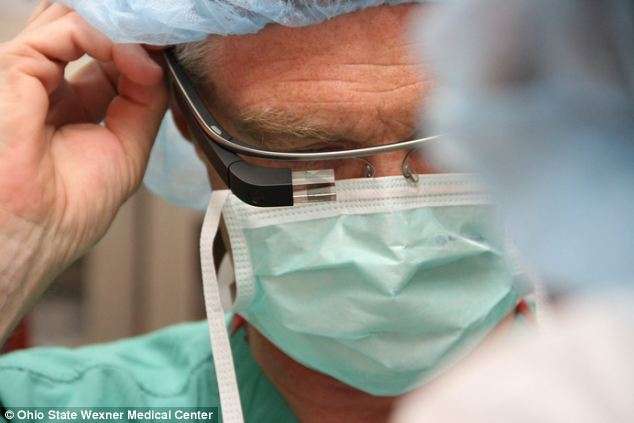Drugs and Down syndrome
For the past 25 years, Roger Reeves, a professor and researcher at Johns Hopkins University, has been growing brains—in particular, the cerebellum. By targeting this area of the nervous system, Reeves hopes to develop a treatment for Down syndrome, a condition caused by inheriting a third copy of chromosome 21. Down syndrome is responsible for a variety of symptoms experienced by affected individuals, including cognitive delays, birth defects, and behavioural problems.
Reeves decided to target Down syndrome during his post-doctorate studies because of its complexity and the challenges it posed. Down syndrome patients have a significantly smaller cerebellum than the majority of the population—40 per cent less in many cases—that contributes to some of the developmental and behavioural problems experienced. In response, Reeves has been investigating compounds that promote growth of this portion of the brain.
Recently, the team discovered a small molecule that mimics growth factor, a hormone capable of stimulating cellular proliferation. Using mice engineered with a reduced cerebellum, the team injected this chemical on the day of their birth and observed as the affected part of the brain was entirely restored.
However, the team was surprised that in addition to the restored cerebellum, the mice improved their learning abilities. Three months after the treatment, they could successfully find their way to the end point platform of a water maze. This type of learning is associated with another aspect of the brain known as the hippocampus, which is responsible for memory formation. Although the researchers are unsure as to the exact effects of the drug on this part of the brain, they plan on conducting further research to better elucidate this observation.
“The possibility of actually giving Down syndrome people the ability to improve learning and memory significantly—that’s something that I never thought I’d see in my entire career,” said Reeves to Scientific American. “And it’s now happening. The game has changed.”
Google Glass improves medical care
The doctors in the emergency room of Boston’s Beth Israel Deaconness Medical Center beg a second glance—glaring above the sea of white lab coats are neon tinted Google Glasses.
Google Glass was developed in February 2013 and fits over the eyes like any pair of eyeglasses. However, unlike regular glasses, they are equipped with a camera and software that allows users to connect to the Internet, upload video, and open files, among other applications.
While Google Glass has many applications, groups of doctors are trying to integrate this technology into the medical workplace. One such doctor is Van Lancker, an orthopedic surgical resident at the Montreal General hospital. Two years ago, he wrote a letter to Google after learning about its Google Glass Explorer program.
As one of 10,000 individuals accepted into the program, Lancker is trying to push the boundaries as to how Google Glass can be used in hospitals. Rather than focusing on patient care, he is currently trying to determine its application in the operating room.
To date, Lancker foresees glass playing a critical role in mobile medicine. The technology would allow medical specialists in Montreal to assist doctors in remote communities, providing instructions in real time on how to perform more difficult procedures.
Lancker also envisions Google Glass as a key teaching tool. One of the problems faced with training medical residents is a lack of space in the operating room. Google Glass would provide students with the opportunity to view a video from the doctor’s perspective without being in the examination room—a valuable tool that would allow them to better visualize the procedure.









